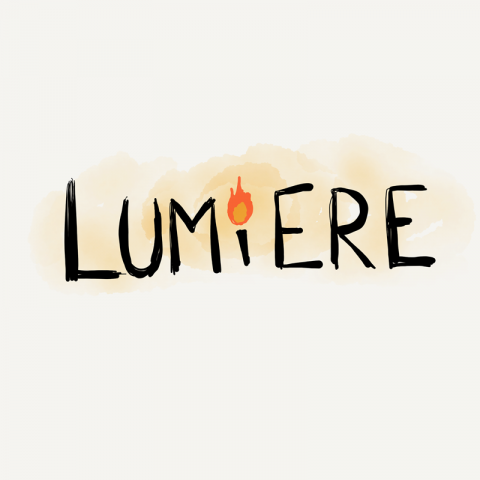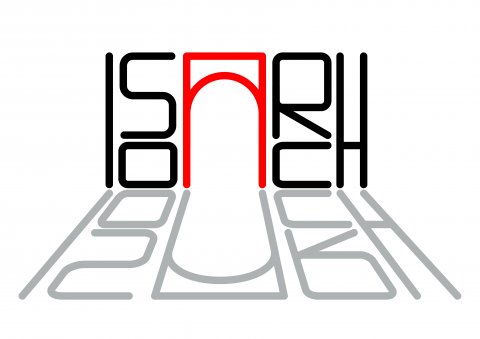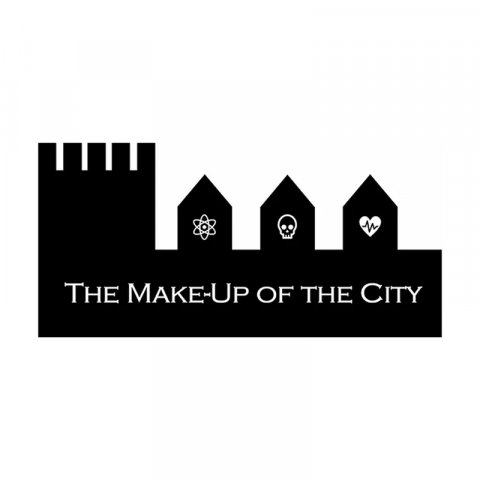LEAP
Learning from the past
The impact of abrupt climate changes on society and environment in Belgium
The LEAP project studies the impact of rapid and short climate changes on past societies and ecosystems in Belgium during the last 10 000 years using a transdisciplinary approach. With this project, we aim to understand how climate change affected the environment and populations in pre-complex and early-complex societies in the Meuse basin of Belgium. This will help to gain new knowledge on human resilience and address on-going and future regional climate changes.
LEAP is a BRAIN-be 2.0 project funded by BELSPO.
LUMIERE
Landscape Use and Mobility In EuRopE
Bridging the gap between cremation and inhumation
This ERC (European Research Council) project aims to shed light on changes in mobility, migration patterns and landscape use of early populations in Europe by bringing together information obtained directly from both cremated and inhumed individuals using state-of-the art bioarchaeology.
The aim is to identify and characterise the movement of people on a local, regional and European scale to explain how and why people moved, as well as how they used their surrounding landscape between the Neolithic to the Early Medieval period, when both cremation and inhumation were practised.
CRIME
CRemation or Inhumation of ancient populations? A Multidisciplinary question at the European level
The CRIME project is a joint Flemish-Slovenian research project funded by the Flemish Research Foundation (FWO) and the Slovenian Research Agency (ARRS), with the aim of improving and increasing international research and development cooperation. This interdisciplinary project is using state-of-the-art techniques to introduce and upgrade methodological procedures for the study of archaeological heritage, focusing on the research of prehistoric funeral rituals and their changes.
Ebb & Flows
Landscape Use and Mobility In EuRopE
Bridging the gap between cremation and inhumation
The Ebb and Flow project, based at the University of Oxford (PI – Rick Schulting), is funded by a Leverhulme Trust Research Project Grant. It addresses outstanding questions about human-river interaction in later prehistoric Britain by exploring rivers at multiple scales using a diverse suite of data, drawing on archaeology and biomolecular science, anthropology, and earth science. Christophe Snoeck is Co-I on this project and contributes to the palaeomobility aspects of this research.
jagWARS project
The jagWARS project, based at the University of Oxford (PI – Joanna Ostapkowicz), supported by a Gerda Henkel Stiftung Research Grant, brings together more than 100 surviving carvings from over 30 international museums in a study of their material, chronology and iconography. In providing an overview of the dispersed corpus, the project is in a position to place this little-known artistic heritage within its cultural and historic context for the first time. Christophe Snoeck is a partner on this project and carries out strontium isotope analyses of the different artefacts to identify their geographical origin.
MAMA
MApping the Mobility of our Ancestors
Bridging the gap between cremation and inhumation
The MAMA Project, the VUB Starting Grant of Christophe Snoeck, aims to create spatial modelling tools to better interpret the isotopic data obtained in terms of mobility and landscape use, and further develop the open-access on-line database IsoArcH
The Make-Up of the City
The Make-up of the City is an interdisciplinary research project, funded by the VUB Strategic Research Fund, which combines chemistry, osteology, and archaeology to reconstruct the medieval history of the city of Ypres, Belgium. It brings together historians, archaeologists, geochemists and anatomists to better understand the lives and deaths of the inhabitants of Medieval Ypres.
SEXI
From Survey and EXcavation to Isotope analyses of skeletal remains from archaeological contexts
The SEXI International Joint Research Group brings together researchers from the VUB and the University of Ljubljana (UL). SEXI aims at developing and optimizing the study of archaeological sites across the world from their discovery to the state-of-the-art geochemical analyses of the animal and human remains excavated at the site.
BONE
Brussels-Oxford NEtwork for the study of bioapatite as a poorly exploited archive of ancient diet, ecology and migration of human and faunal fossils.
Bringing together researchers from Brussels (both VUB and ULB) and Oxford (RLAHA), the BONE International Joint Research Group aims at improving our understanding of the diagenetic alterations of bioapatites from a wide range of different contexts.
Copyright | BB-LAB
Created by maren74






